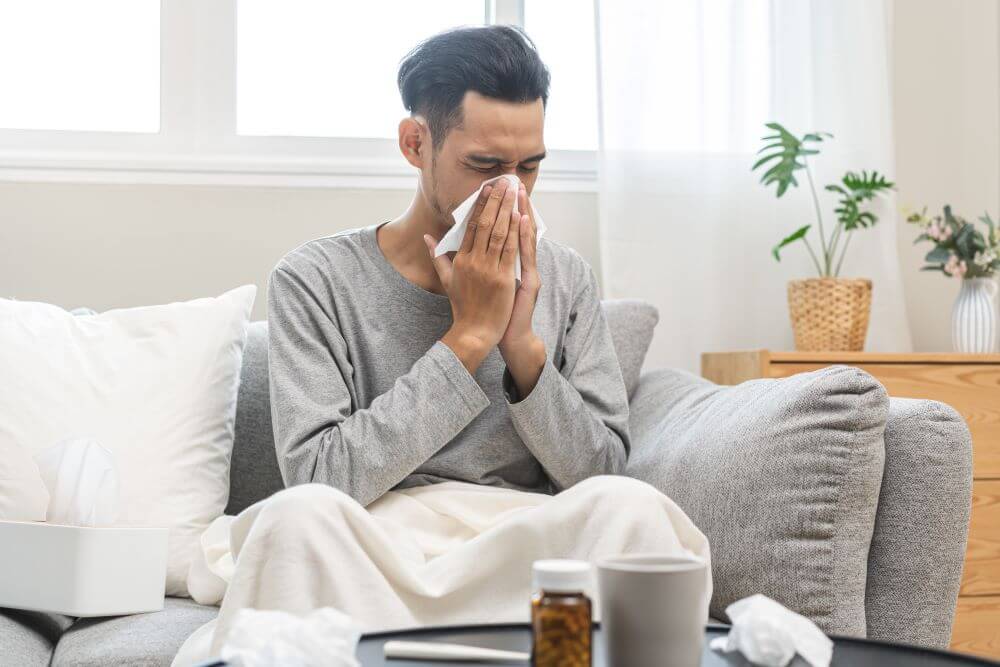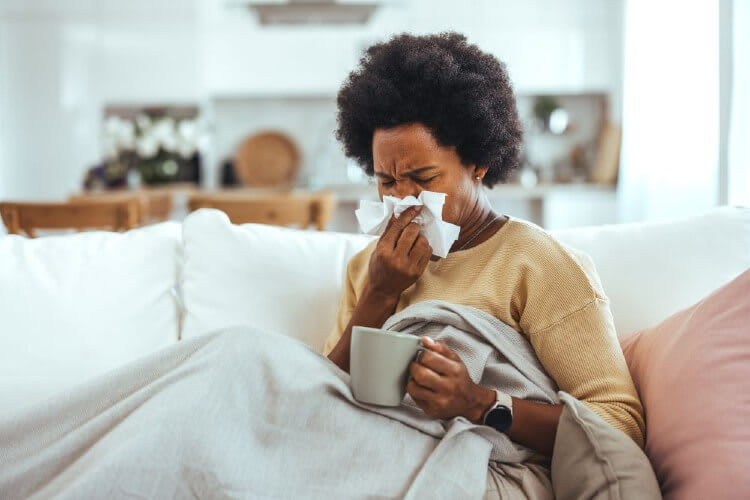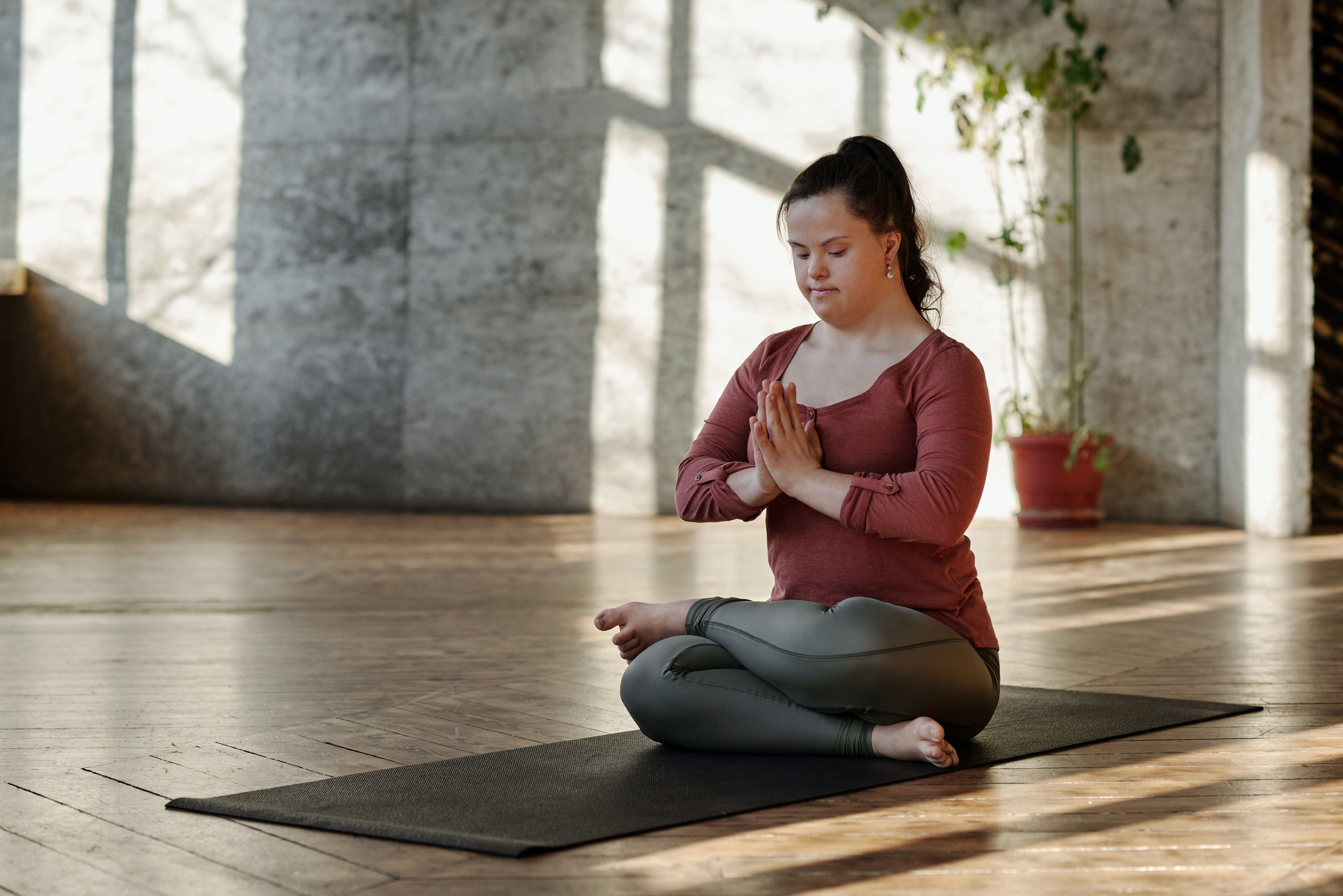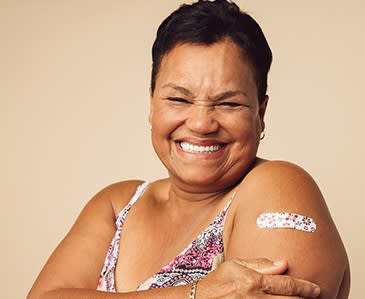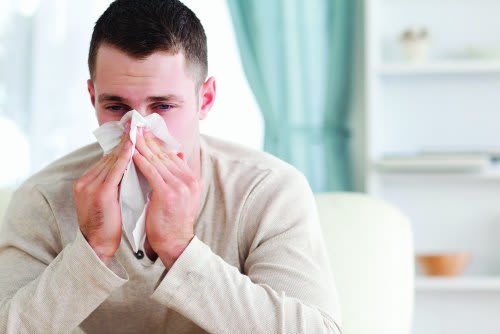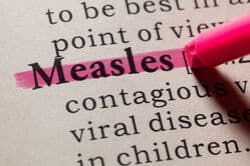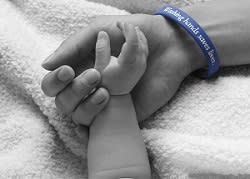How to Make No-Sew Face Masks
Published: April 16, 2020l
Department of Infectious Diseases, Stamford Health
Stamford Health's Department of Infectious Diseases continues to study how COVID-19 is spread and prevented. The single-most important way to stop the spread of disease is proper hand-washing, along with practicing safe social distancing.
See COVID-19 Updates
It's not always possible to maintain social distancing guidelines. This is why masks and face coverings have become a major topic of discussion. The Centers for Disease Control and Prevention (CDC) now knows from recent studies that many people who don't have symptoms of COVID-19 can still pass the virus to others. Because of this new evidence, the CDC recommends people wear face cloth coverings in public, especially when it's difficult to stay at least 6 feet away from others.
Many surrounding Stamford, CT community members have shown an outpouring of support whether donating masks or volunteering to sew masks from fabric. We wanted to address some key do's and don'ts, adapted from the CDC, when it comes to crafting home made face coverings.
Cloth face coverings are not a substitute for surgical masks or N-95 respirators. These are important supplies for first responders and essential healthcare workers.
If you are in the position to donate critical medical supplies, please visit this page for ways to help. To donate a monetary gift, visit this page.
Stamford Health's Department of Infectious Diseases continues to study how COVID-19 is spread and prevented. The single-most important way to stop the spread of disease is proper hand-washing, along with practicing safe social distancing.
Committed to Your Safety
Stamford Health is dedicated to stopping the spread of infectious diseases such as COVID-19. Get service updates, answers to questions and learn how to help in the greater Stamford CT community.See COVID-19 Updates
Many surrounding Stamford, CT community members have shown an outpouring of support whether donating masks or volunteering to sew masks from fabric. We wanted to address some key do's and don'ts, adapted from the CDC, when it comes to crafting home made face coverings.
How to Make Cloth Face Coverings:
- Choose an item like a bandanna, hand towel, scarf or T-shirt.
- Fold the item from the middle to the top. Repeat from the bottom.
- Loop two rubber bands around the fabric, one on each side.
- Fold both sides of the fabric toward the middle.
- Secure the cloth covering on your face by looping the rubber bands behind your ears.
Important Reminders:
The CDC does not recommend that children under 2 years of age wear cloth face coverings or face masks. Instead, try your best to keep your child at least 6 feet away from others when outside the house.Cloth face coverings are not a substitute for surgical masks or N-95 respirators. These are important supplies for first responders and essential healthcare workers.
If you are in the position to donate critical medical supplies, please visit this page for ways to help. To donate a monetary gift, visit this page.
Featured Expert/ Author


